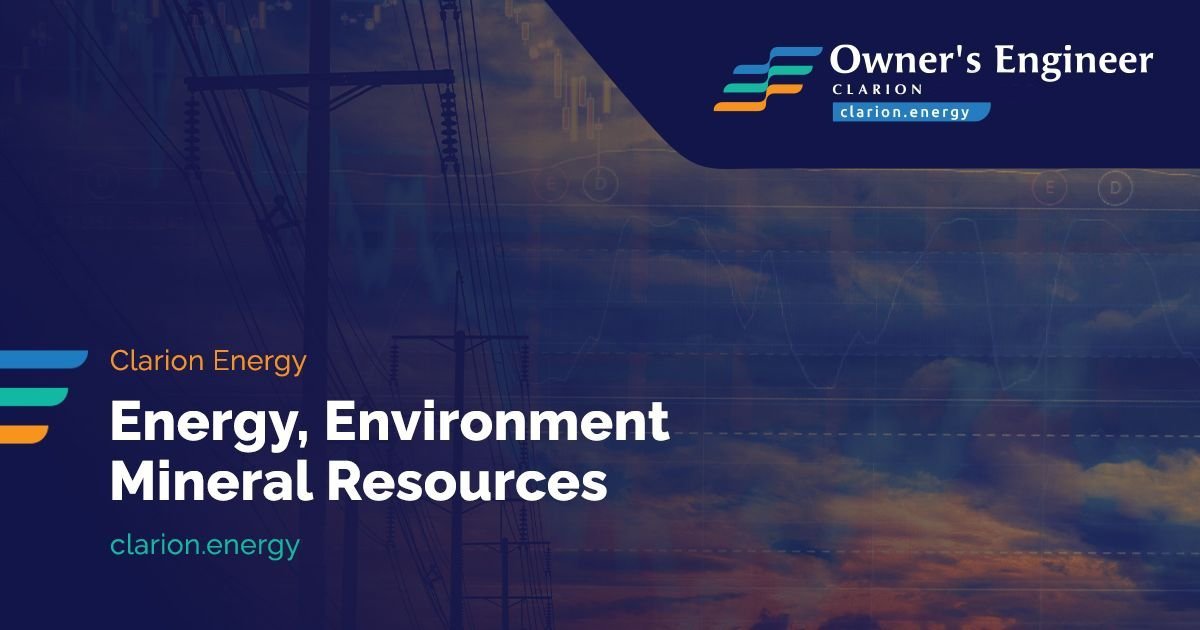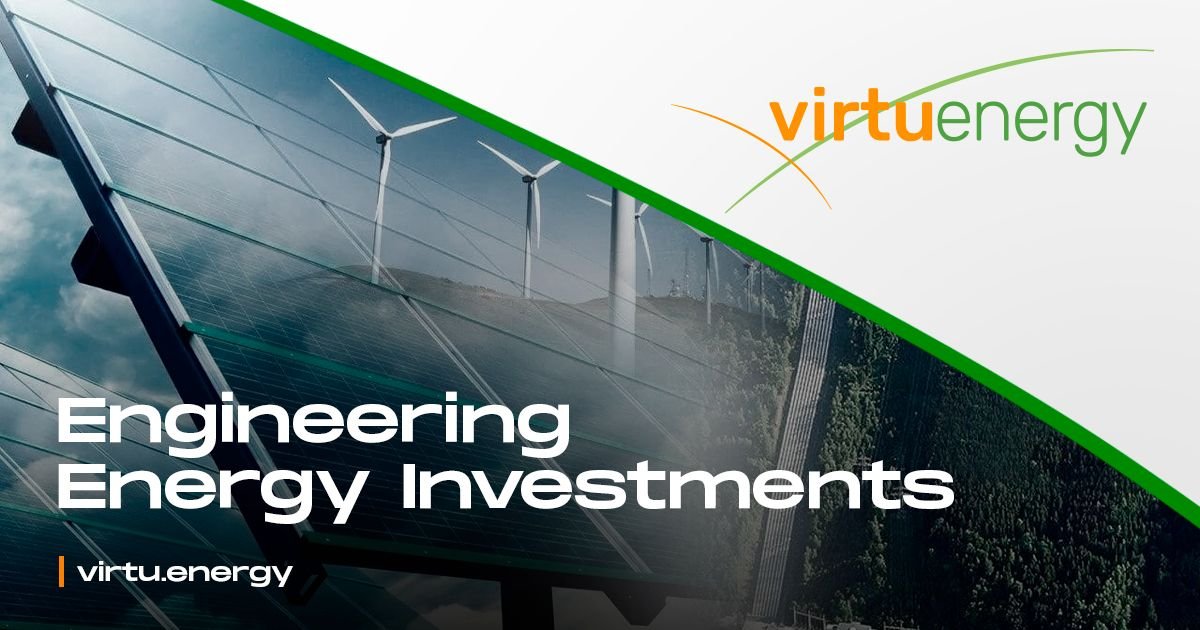Serbia is actively considering nuclear energy as part of its future energy mix. Mining and Energy Minister Dubravka Djedovic revealed that a preliminary study is currently underway to guide the next steps. This study is not a final decision but aims to create a roadmap, evaluate available nuclear technologies, and explore how nuclear power could be integrated into Serbia’s current energy system. The study is expected to be completed by the end of the second quarter of 2025.
French electricity company Electricite de France (EDF) and engineering firm Egis are finalizing a preliminary feasibility analysis. This analysis will focus on three key areas: developing a roadmap addressing 19 institutional and infrastructure issues based on International Atomic Energy Agency (IAEA) guidelines; evaluating nuclear technologies, including conventional reactors and small modular reactors (SMRs); and assessing how nuclear power plants could fit into Serbia’s energy network.
Minister Djedovic noted the potential of SMRs despite their relative novelty. While some countries, including China and Russia, have deployed SMRs on a limited basis—mainly for marine use and pilot projects—their wider application for electricity generation is still evolving. SMRs offer advantages such as faster construction and lower costs compared to traditional reactors, with greater flexibility to add or remove components as needed. However, balancing the benefits and risks of both established and emerging nuclear technologies will be crucial for Serbia’s energy planning. The choice of international partners, given the global nature of nuclear technology, will also be an important factor.
The Minister emphasized that Serbia must adhere to strict IAEA regulations when considering a nuclear program. Institutional and infrastructure requirements must be fully met and supervised, as no country can proceed independently without compliance. Serbia’s long-term energy strategy aims to secure reliable electricity while reducing carbon emissions. Currently, base-load power comes mainly from coal and gas. Although gas is viewed as a transitional fuel, coal’s sustainability is increasingly questioned amid global efforts to phase it out.
Establishing clear energy priorities is vital, as these decisions affect economic development, energy stability, and security. While nuclear energy requires significant time, expertise, and investment, it is becoming a viable option for many countries. Serbia plans to continue using hydropower, but without a steady base-load source like nuclear power, maintaining stable energy supply will be challenging.
The Minister underlined that nuclear energy is not an easy choice but a necessary one for a government focused on long-term energy independence. Gas might serve as a base-load fuel for the next two to three decades, but reducing environmental impact and securing reliable base-load power remain priorities. Renewable sources like wind and solar, due to their intermittent nature, cannot fully replace base-load capacity. Hydropower will remain important, but comprehensive energy security likely requires nuclear power.
Building nuclear power plants is a complex, lengthy process, especially for newcomers to the technology. The entire project could take 10 to 15 years, making detailed planning and thorough assessment essential before proceeding.












